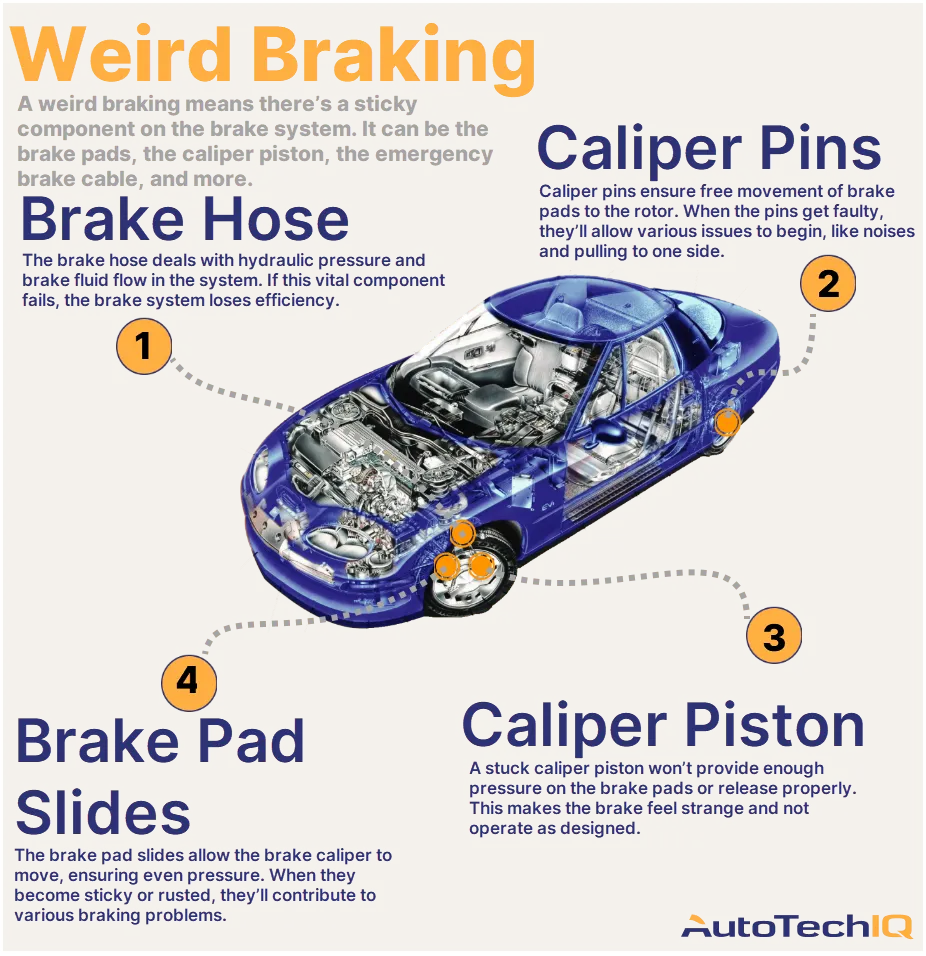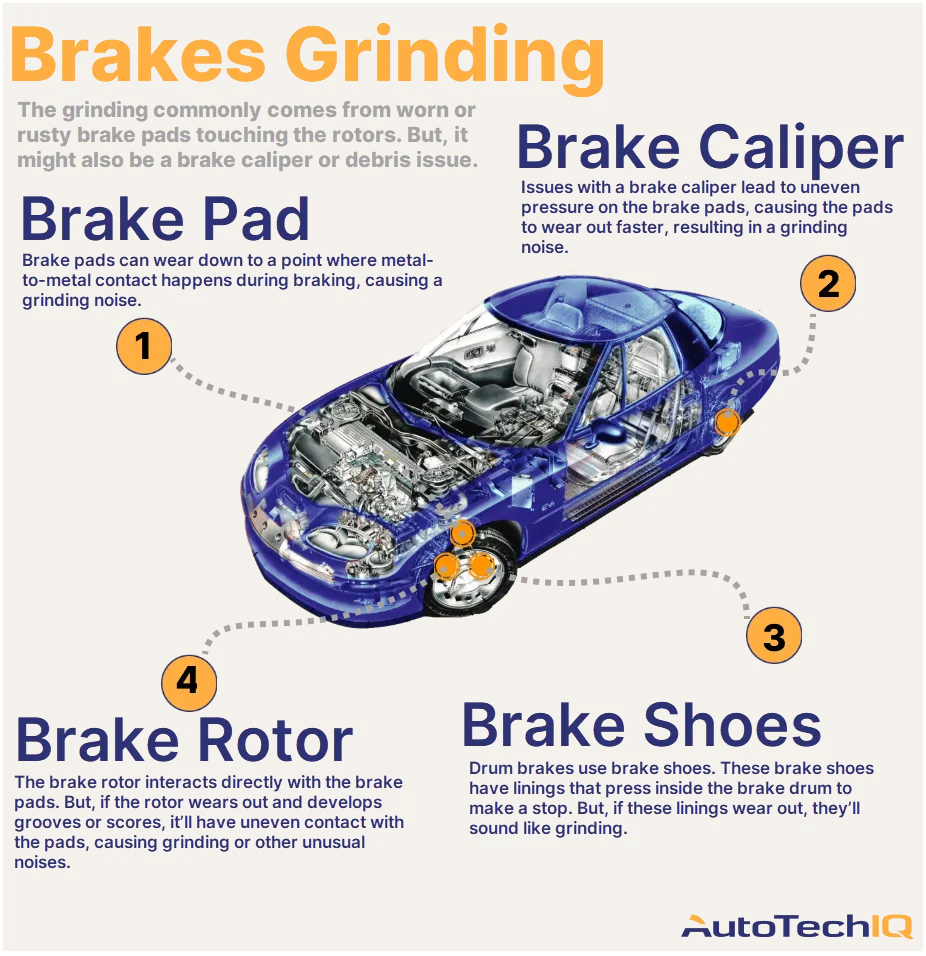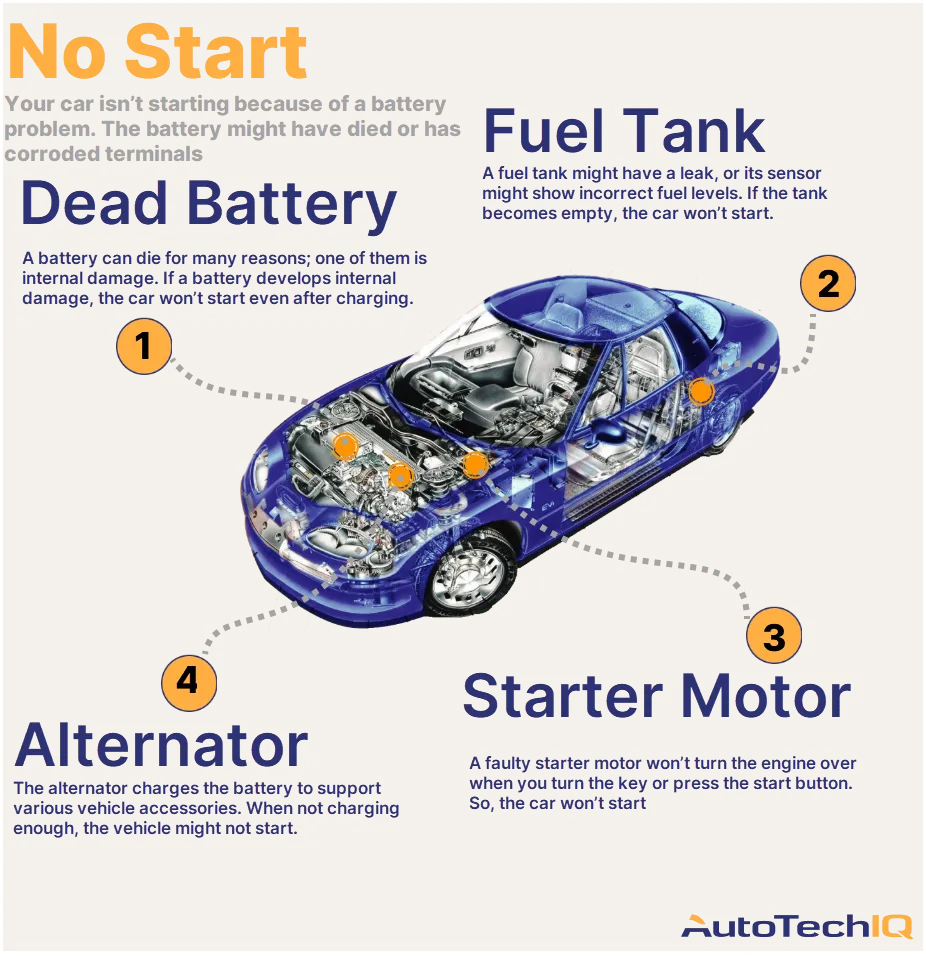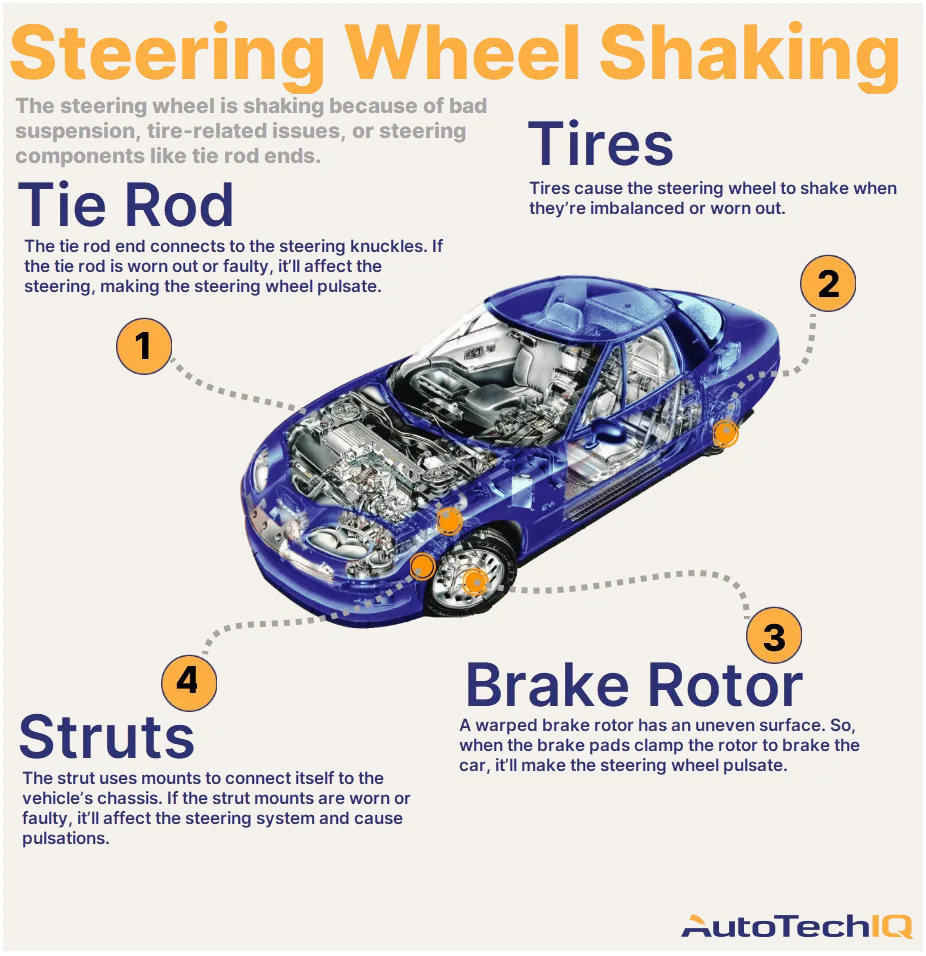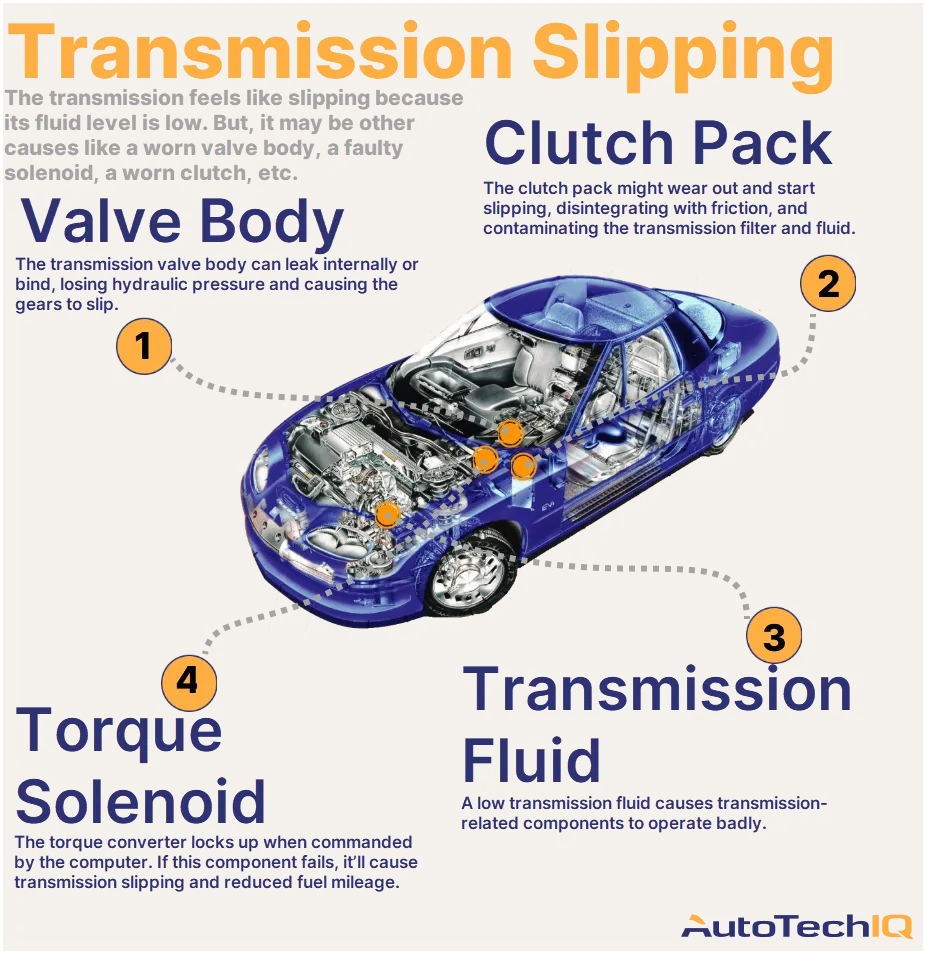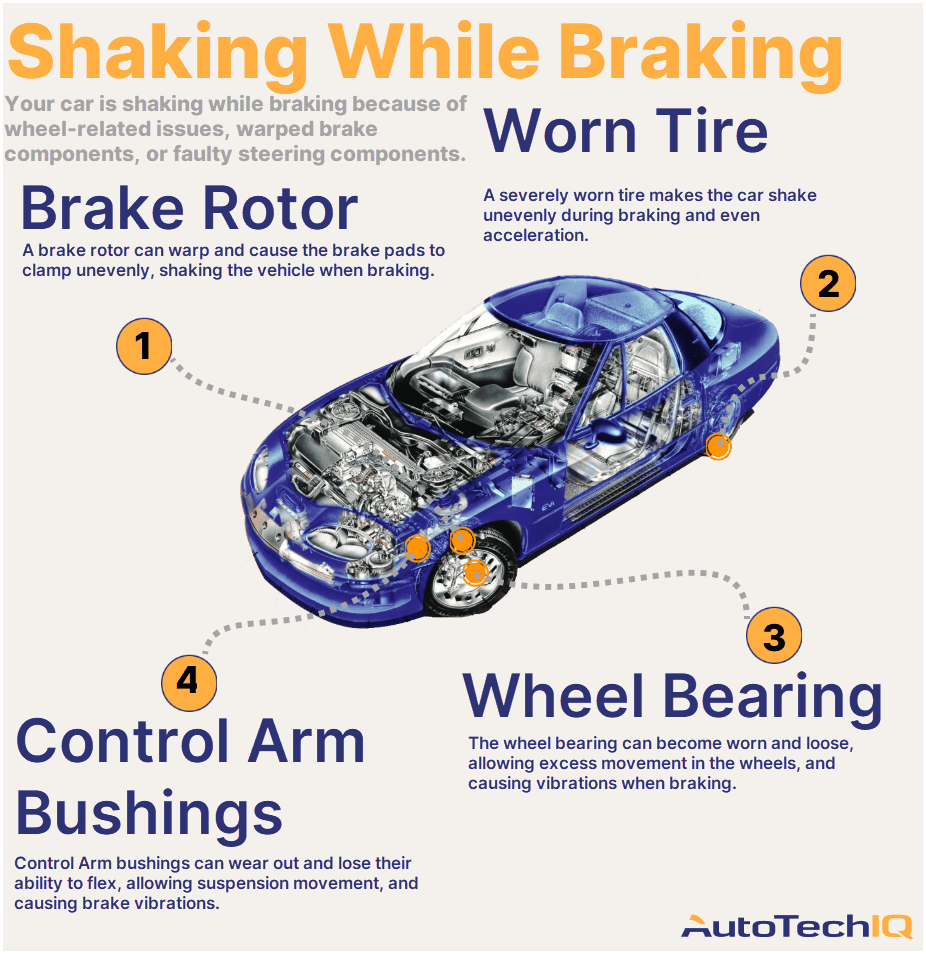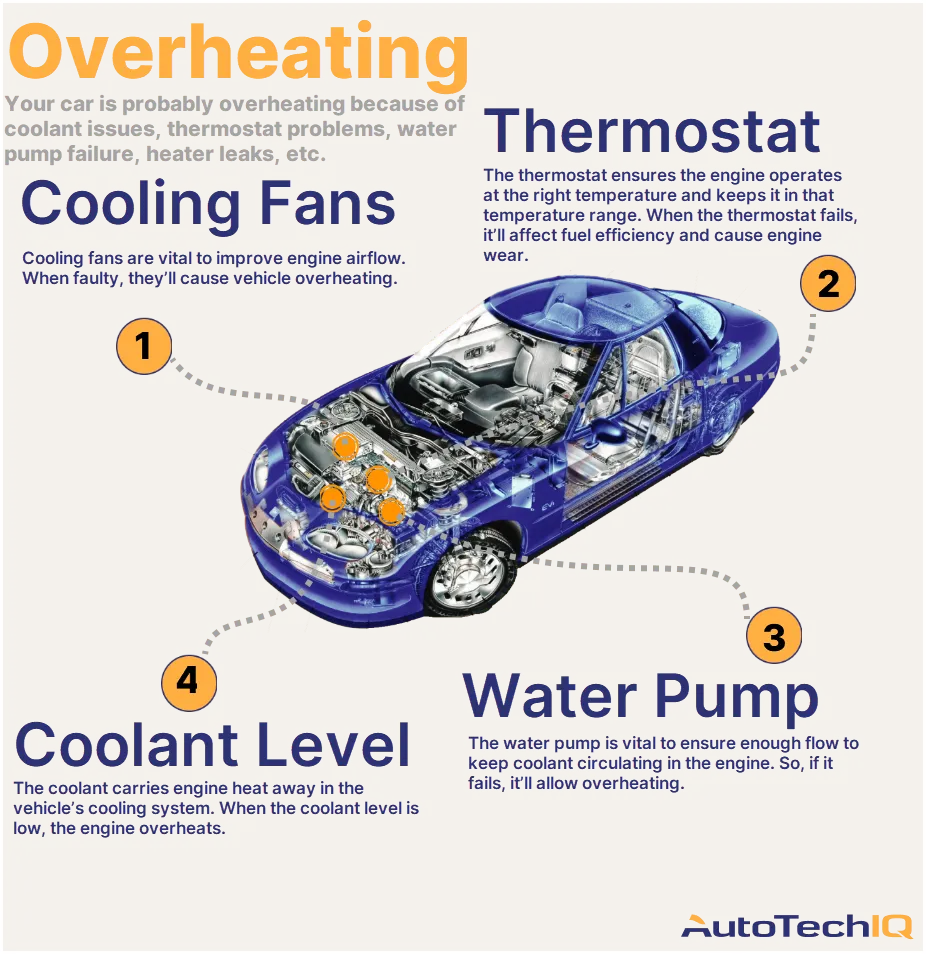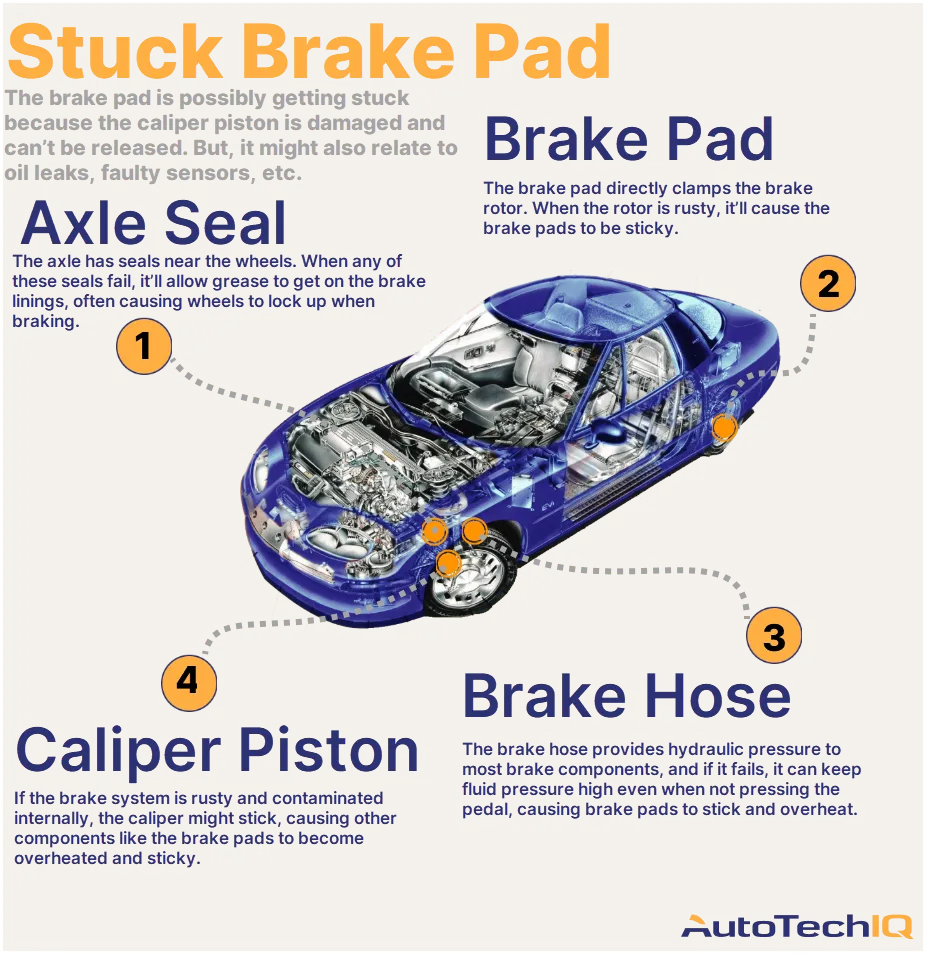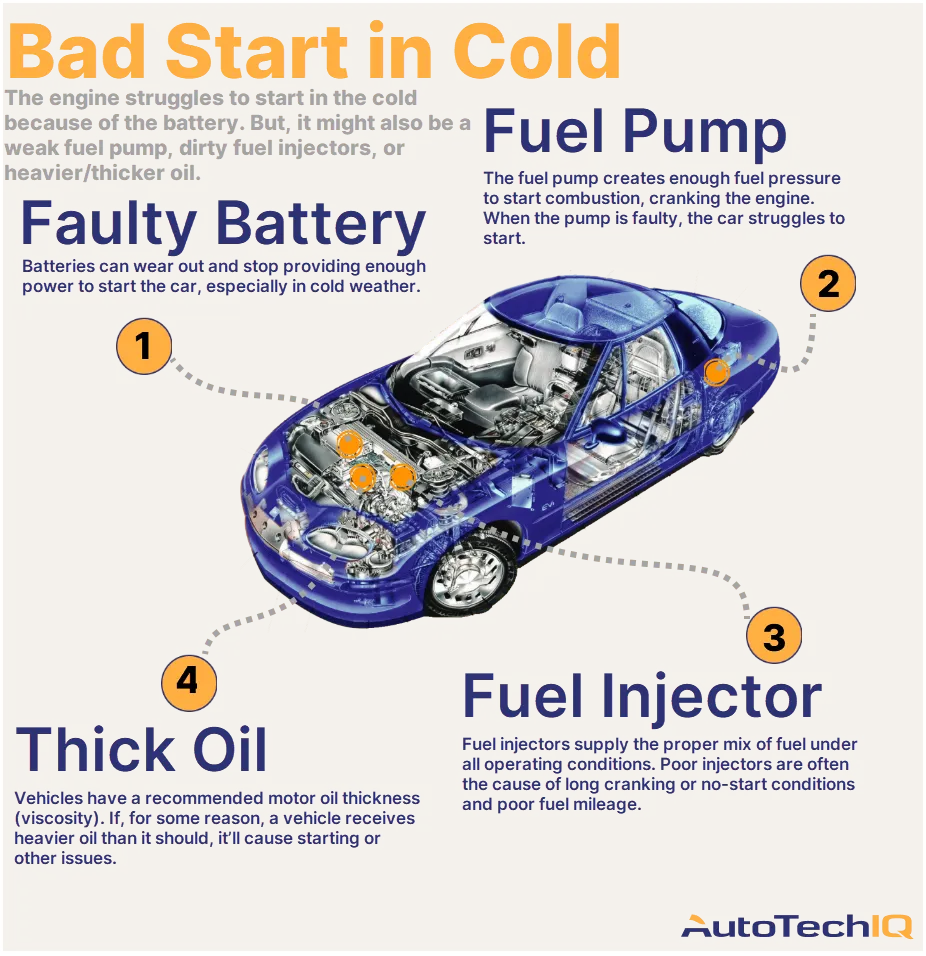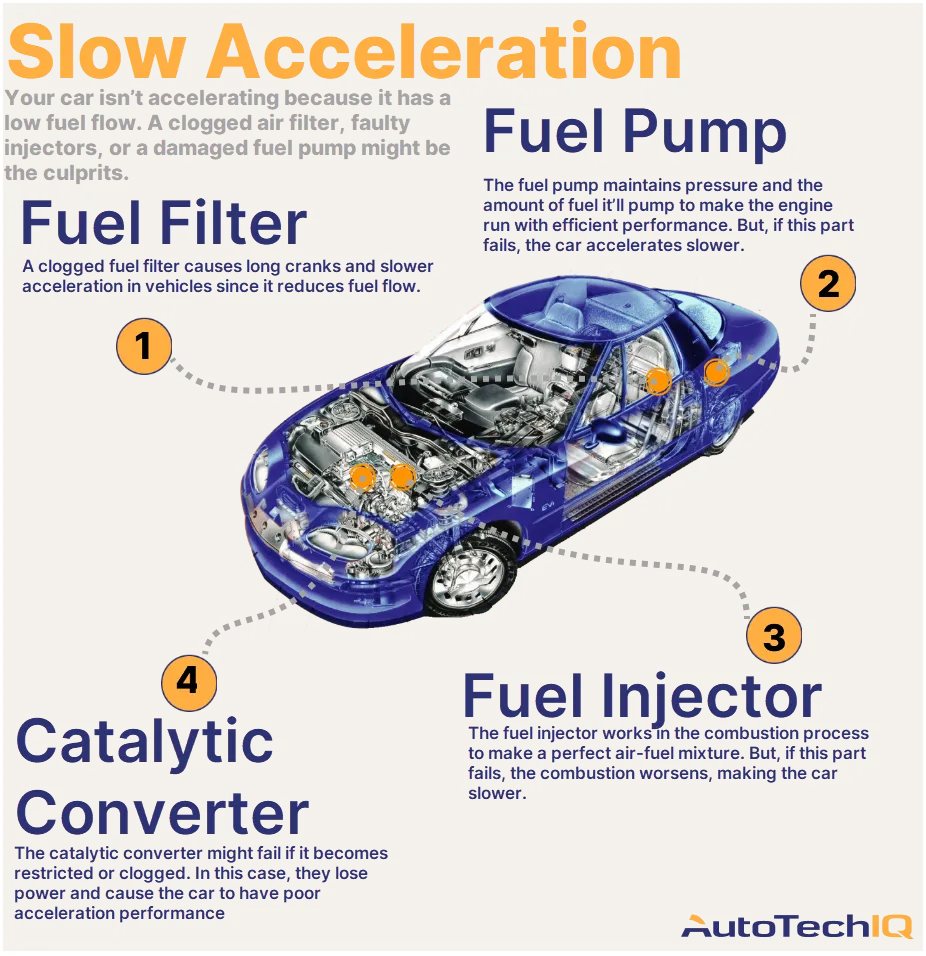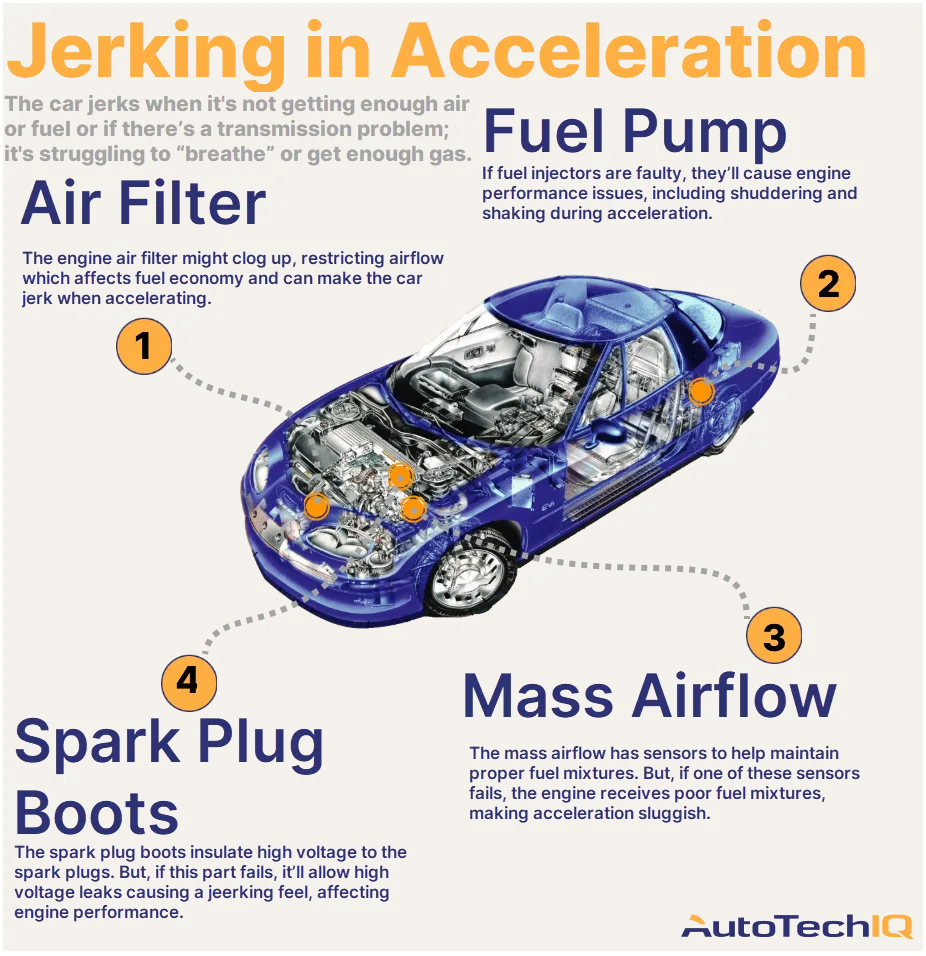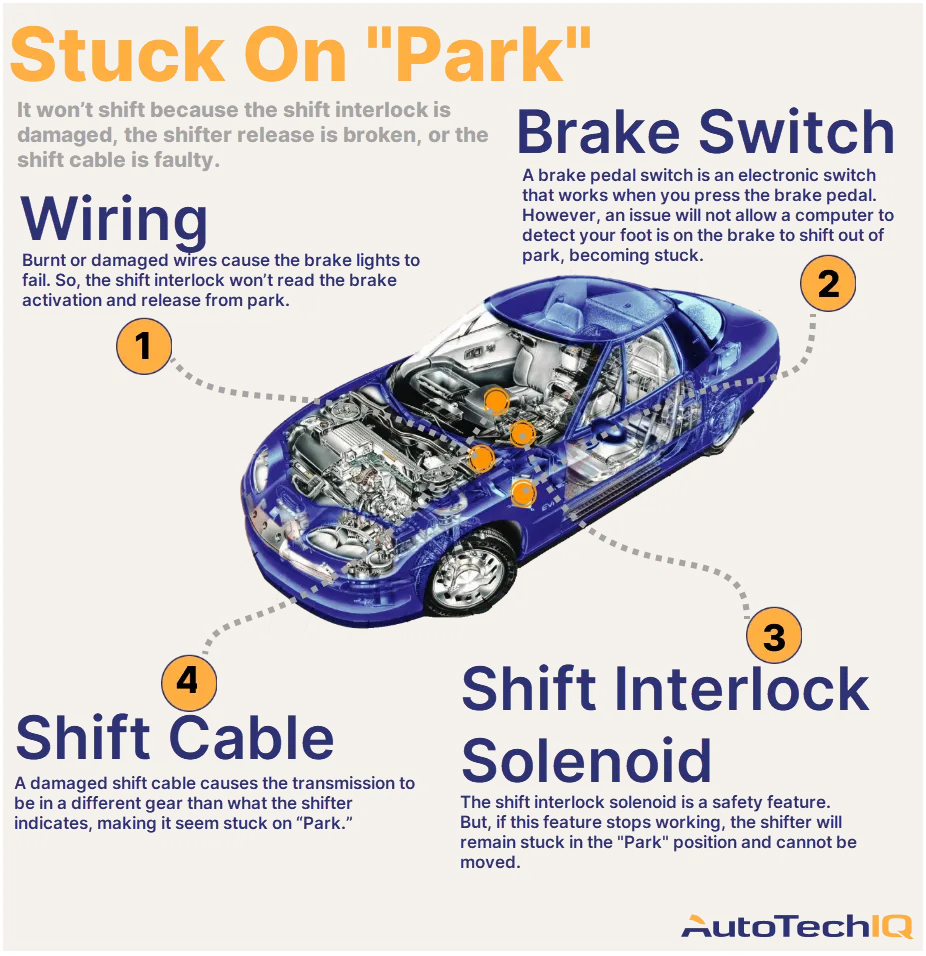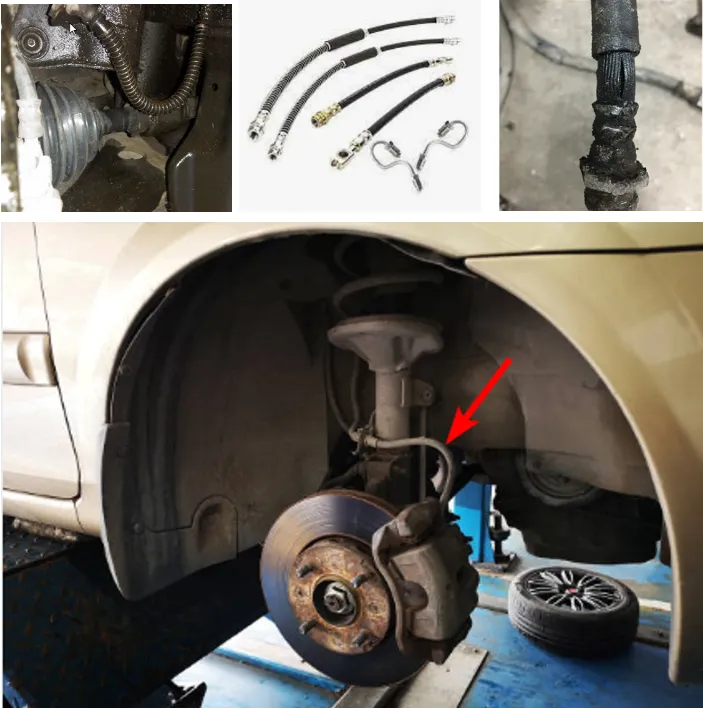
A brake hose is a flexible rubber tube with metal reinforcement and fittings for attachment.
Brake hoses are made of high-strength rubber and are designed to withstand very high pressures. Over time, rubber loses its operational characteristics, leading to delamination, bulging, or rupture of the hose. This can have the following consequences:
- With delamination, a part of the rubber inside the hose starts to act like a valve — either it doesn't allow brake fluid to the piston or doesn't let it flow in the reverse direction. In the first scenario, the brake pads don't compress and the wheel doesn't brake. In the second, due to excessive pressure, the pads remain constantly compressed, leading to overheating of the brake disc and pads, and their eventual breakdown.
- When the hose bulges, brakes will work with some delay, posing a risk of losing control of the vehicle during braking.
- If there are micro-cracks or abrasions in the hose, air can enter the braking system, potentially resulting in a loss of vehicle control.
- A hose rupture will cause brake fluid leakage, loss of pressure throughout the brake system, and complete brake failure.
The consequence of any of the scenarios mentioned above is a loss of control over the vehicle, leading to a potential accident. - Brake hoses cannot be repaired; only replacement is possible. The best option for a car owner would be to purchase an original brake hose from an official car dealer — this is the only guarantee of the braking system's stable operation after hose replacement.
Changing brake hoses is a complex procedure that requires specialized skills and tools. If you don't have experience in car repairs, it's better to entrust this task to professionals.
The repair includes the following actions:
- Initially, good accessibility to the brake system is ensured. Then, either the rear or front wheels are removed. After that, the old brake hoses are dismantled.
- The new part should be screwed into the cylinder, the mounting checked, and it should be ensured that the hose is not twisted.
After replacement, check for any brake fluid leaks. To do this, press the brake pedal and hold it in this position for some time. All connections are then re-checked, and if there's a leak, the nuts are tightened as necessary.
After the hose replacement, the brakes of the wheels where the brake hose was replaced need to be bled.
It's important to note that the replacement work should be done quickly, avoiding a significant loss of brake fluid. This is because if the brake fluid runs out in the reservoir, it will cause air to enter the system, requiring the entire brake system to be bled.
After the repair, the brake system's operation is checked. Make several runs at a low speed. If the mechanism works, the vehicle's operation can continue.
For safe driving, it's essential to consistently check the integrity of the brake hoses, especially when the components are significantly worn out.


